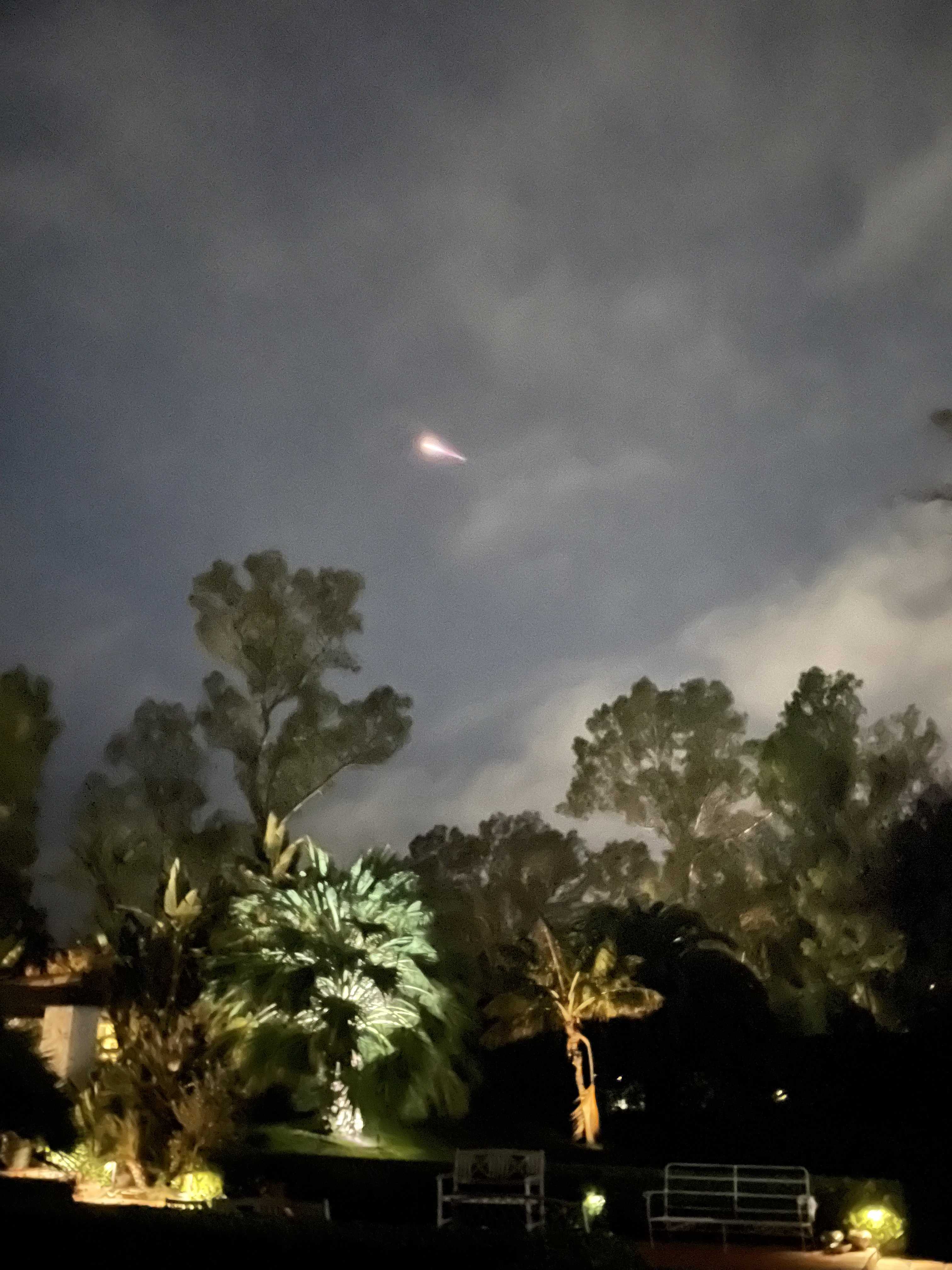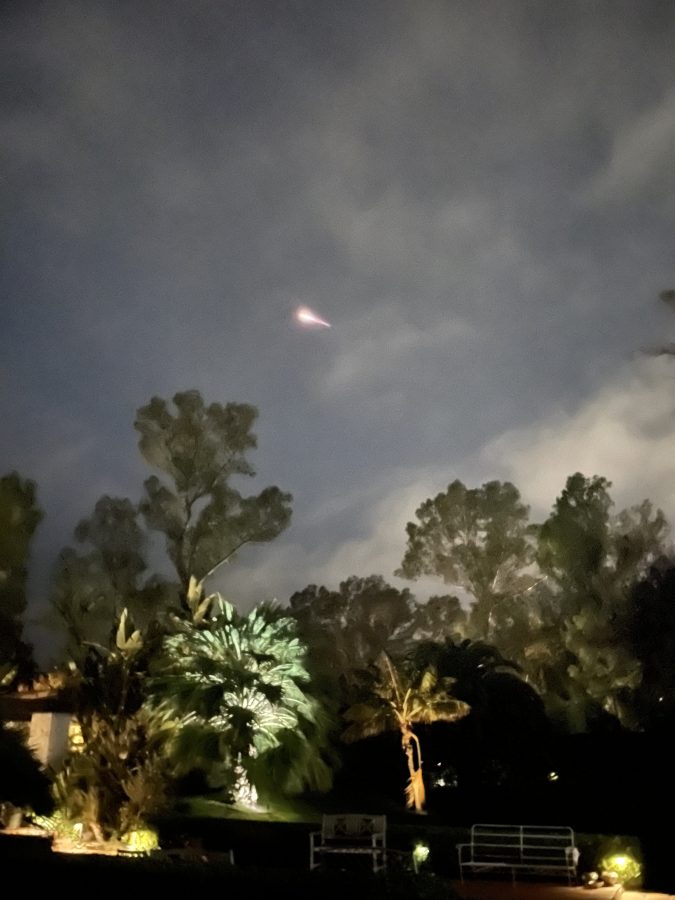Tuesday the 23rd of November, the Space-X Rocket Falcon 9 (a.k.a. DART) was sent into orbit on the trajectory of purposely slamming itself into an asteroid. NASA’s Double Asteroid Redirection Test (DART) mission to an interplanetary transfer orbit from Space Launch Complex 4 East (SLC-4E) at Vandenberg Space Force Base in California.
DART is humanity’s first planetary defense test mission to see if intentionally crashing a spacecraft into an asteroid is an effective way to change its course should an Earth-threatening asteroid be discovered in the future. This was SpaceX’s first interplanetary mission and the third flight supported by the Starlink mission.
“I felt the rumbling from my home and my first instinct was, earthquake,” said freshman Gerard Marceda. “Quickly though, I remembered reading about the launch.”

The DART mission blasted off from Vandenberg Space Force Base northwest of Los Angeles at 10:21 p.m. PST Tuesday (1:21 a.m. EST Wednesday), lighting up the dark overnight sky as the booster climbed away atop 1.7 million pounds of thrust.
The spacecraft will take ten months to reach its target, a 525-foot-wide asteroid known as Dimorphos that orbits a half-mile-wide parent body named Didymos. Neither poses any threat to Earth, either before or after the DART encounter. However, the double-asteroid system offers an engaging target to DART because the probe’s impact can be more easily measured from Earth by timing how the moonlet’s orbital period around Didymos changes due to the collision.
This 1,210-pound spacecraft is expected to slam into Dimorphos 15,000 mph, disintegrating on impact, leaving quite a large crater, and (hopefully) slows the body by a minuscule fraction of an inch per second.
“What you want to do is just change the speed at which this is all moving by just a bit. Over time, that will change the position of the asteroid and its orbit,” said Lindley Johnson, NASA’s “planetary defense” officer, to CBS News.
It is also important to note that at this current time, this is not at all a huge threat in ending with a global extinction event. Regional devastation on an area could kill many and wipe out a city or even a small state, though. This is not needed to be worried about, but instead celebrated for our now tested ways of prevention.





























